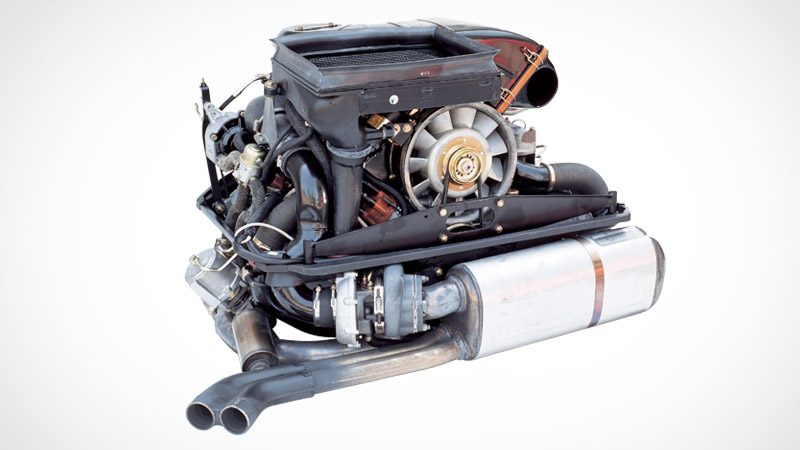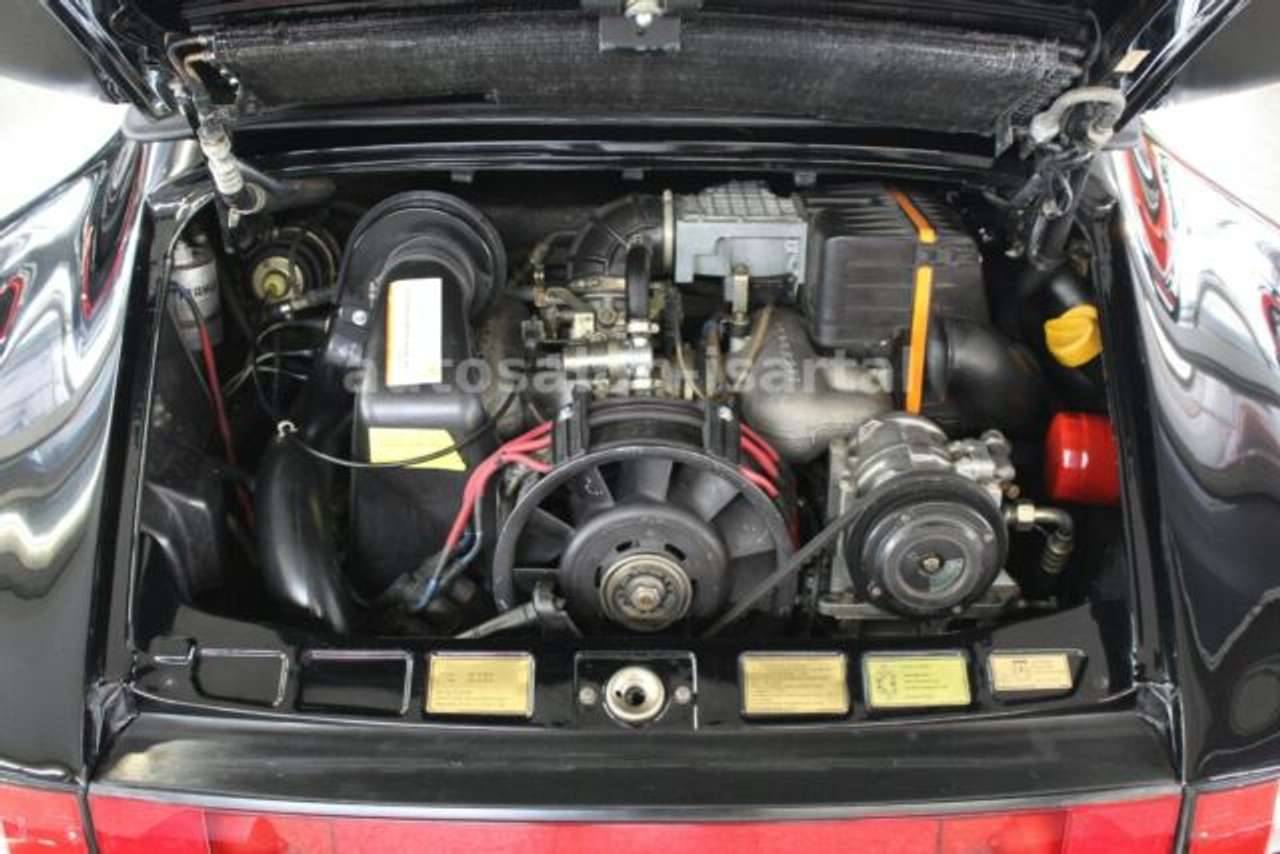

The car maintained the 356’s fastback design, and utilized an air-cooled flat-six that produced 130 bhp.

The early development of the 901 was centralized around a proven concept – develop another air-cooled, rear-engine sports car, but this time equip it with a more-powerful six-cylinder “boxer” engine. Porsche felt it was time to introduce the world to the successor of the 3 Ferry presented the successor to the 356 as the Porsche 901. By the early 1960’s, Ferry Porsche recognized that the 356, for as much as it had evolved, was fifteen years old, and was due for a major redesign. Each generation of 911 has a big technical advancement that upsets the “true fans” and then a few years later we all turn around and say “damn, Porsche was right”. We would argue that the key to the Porsche 911s success over six decades is how it evolves, its ability to be ahead of the curve and to drive the car industry forward by making big, bold and often unpopular (at the time) bets is its defining trait across eight generations of the 911 model. And yet, for all the familiarity in the 911, a lot has changed… Constant Change & Evolution The 911 It has undergone continuous development, though the basic concept has remained unchanged. All 911s have a rear-mounted six cylinder boxer engine and all round independent suspension. The 911 is always made in Germany and has been since the first model rolled off the production floor in 1963. That formula is unaltered so far in almost 60 years of development. All 911s are two-door, 2+2 high performance rear-engined sports cars. What else makes a Porsche 911 a Porsche 911. All 911s look like 911s, that is a no brainer. Almost 60 years later and just about anybody can tell you when a 911 passes by, no matter what year it was made. The Porsche 911s iconic design and silhouette have remained the same since the car was first unveiled in 1963 at Frankfurt show as the Porsche 901.

No other car is more instantly recognizable so lets start with the design. Most non-Porsche experts know little about each generation and what makes them special so we hope this guide to the Porsche 911 is helpful. Pub conversations usually go something like this: “I want the classic shape and modern chassis so I’m going for a 993 Porsche” or “screw the new turbocharged flat six in the 991.2, I’m going naturally aspirated 991.1”. Most Porsche buyers start by deciding which generation they want first and then drilling down to the model. We are less focused on the illustrious 911 history and more on helping you understand each of the Porsche 911 generations and what makes them unique. In this post we trace the iconic Porsche 911’s lineage through the ages. It is one of two in the top five that had remained continuously in production. In the 1999 international poll to determine the Car of the Century, the 911 came fifth. Add dozens of technological firsts and 55 years of development and improvements and it is clear this is a special car. It is among the most successful competition cars. Modified by private teams and by the factory itself for racing, rallying, and other forms of automotive competition. Beyond sales success however, its cultural impact is even broader. With over one million cars sold, the Porsche 911 is the most successful selling sports car in the world.

An iconic design that is constantly evolving. Born in 1963, the Porsche 911 has become a legend.


 0 kommentar(er)
0 kommentar(er)
